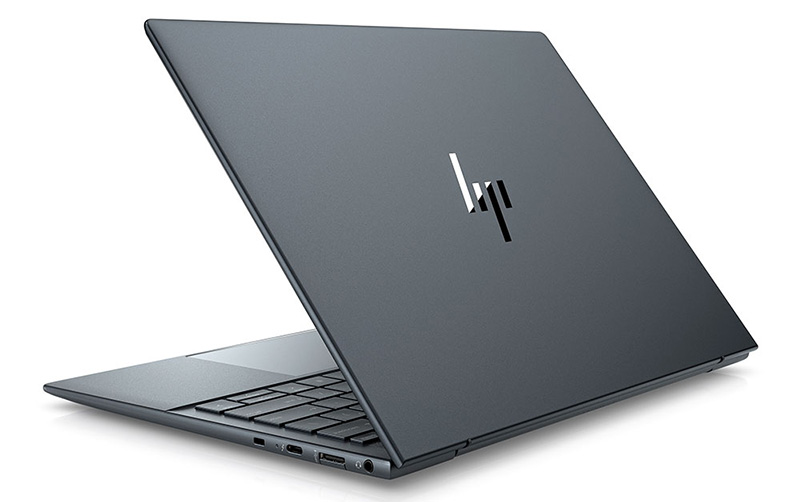While Netscape didn’t invent the internet or HTML, it was the company that made the internet real. Netscape advanced with Tim Berners-Lee’s creation of HTML and was instrumental in turning it into something that changed the world.
Last week at Siggraph, Nvidia’s opening keynote identified Universal Scene Description (USD) developed by Pixar, which is a Disney subsidiary, as the equivalent of HTML for the metaverse. Since Pixar wouldn’t exist without Steve Jobs, this is kind of like putting Pixar in where Berners-Lee was, and Nvidia where Netscape was, but unlike Netscape, Nvidia is very well run and knows how to pick its battles.
Nvidia also spoke to the future of the metaverse, where avatars will become similar to browsers, forming a new level of human/machine interface. Nvidia also announced the concept of neural graphics, which is based heavily on AI to create more realistic metaverse graphical elements with far less work.
This week let’s talk more about what happened at Siggraph — and how Nvidia and Disney can, and should, showcase their strengths at the forefront of the metaverse.
Then we’ll close with my product of the week, an update on an HP Halo product, the Dragonfly laptop which just released its third version. Halo products showcase the full capabilities of the vendor and draw people to the brand, and this one positions well against Apple’s best.
The Metaverse and Disney
I’m an ex-Disney employee and I can’t think of another company on the content side that would be a better foundation for the creation of the metaverse.
Disney has always been about imagination and trying to make magic seem real. While the firm had issues over the years maintaining its innovative leadership, it still outpaces every one of its peers both in terms of physical, magical locations to visit and movie content that draws in all age groups, but especially the young.
It is fascinating that the concept of the multiverse, which could easily become a metaverse construct, as portrayed by the Marvel Universe, which is also owned by Disney, suggests that as the metaverse moves into the consumer market, Disney may become even more powerful as a driver of this new technology for entertainment.
This is a long way of saying that given its ties to USD and entertainment, Disney may well be the best positioned media company to take advantage of this new paradigm and turn its version of the metaverse into something truly amazing. Imagine the potential for metaverse Disney parks that kids can enjoy from their homes during extreme weather events, pandemics, or wars.
Nvidia’s One Metaverse Movement
Right now, the metaverse is sort of a mess. Companies like Meta and Google appear to be creating experiences that seem more like CompuServe and AOL did at the beginning of the internet, in terms of not being what the market wanted.
The reason those walled-garden efforts didn’t survive is that no one company could address the needs of every user. Once they gave way to the open internet, the technology truly took off, and AOL and CompuServe largely faded into history.
Nvidia’s CEO Jensen Huang is a big believer in the metaverse. He refers to it as Web 3.0 — the successor to Web 2.0 (the internet we know today, with the shift to the cloud and user-generated content). This concept of a common metaverse, with elements that you can visit seamlessly, requires a great deal of standardization and advances in physical interfaces like VR goggles.
Huang addressed this in the keynote, speaking to the massive advances in headset technology that in future will bring VR glasses much closer to the size and weight of reading glasses, making them less tiring and annoying. Though, recalling the issues we had with 3D glasses, the industry will still need to make the effort to overcome consumers’ heavy dislike for prosthetic interfaces if the effort is to reach its full potential.
One of the most interesting parts of this presentation was the concept of neural graphics, or graphics significantly enhanced by AI, that reduce the cost and increase the speed of scanning things in the real world and turning them into mirror images in the virtual world. At the event, Nvidia presented around 16 papers on neural graphics, two of which received awards.
Building on the concept of Pixar’s Universal Scene Description, Huang spoke to how, once these virtual elements are created, they would be connected through AI to assure they remained synchronized with the real world, enabling complex digital twins that could be effectively used for highly accurate simulation for both business and entertainment purposes.
This had me wondering how long it would be before we have Huang’s avatar, which did appear during the keynote, actually do the keynote. With the advances Huang highlighted in terms of avatar realism and emotions, there will come a time when avatars will be far better at presentations like this than humans.
To this point, Huang presented a concept called Audio2Face which connects a voice track to an avatar that makes realistic facial expressions, conveying emotion and often becoming indistinguishable from the appearance of an actor.
To do this realistically, they mapped out facial muscles and then allowed the AI to learn how people manipulated those muscles for various emotions and created the ability to edit those emotions after the fact. I have no doubt the kids of tomorrow will have far too much fun with this and create some future deepfake issues we’ll need to address.
Audio2Face coupled with MDL, a new material definition language, and Neural VDB which can reduce video file sizes by up to 99%, creates a pattern of increased resolution and realism while hugely reducing the overall cost of the effort.
Going back to Disney: this technology could allow the company to make more compelling streaming and movie theater content while reducing its creation budgets, which would be huge for its top and bottom lines.
Finally, Huang spoke about a cloud publishing service for avatars called Omniverse ACE. This may potentially open a market for avatar creation that could, in and of itself, be a highly profitable new tech industry.
Wrapping Up
With USD and tremendous advantages in multi-age group content, Disney is in a unique position to benefit from our move to the metaverse.
The technology company to watch in this space, however, is Nvidia which is at the forefront of creating this Web 3.0 metaverse construct that will increasingly take over for the internet as we know it and give us amazing new experiences — and undoubtedly troubling new problems we haven’t yet identified — much like the internet did.
In their respective areas, both Nvidia and Disney are forces of nature, and it has proven unwise to bet against either company. Together, they are creating a metaverse that will amaze, entertain, and help solve global problems like climate change.
Some of what is being created for the metaverse is simply amazing. For another example, check this out:
We are at the forefront of yet another technological revolution. Once done, the world will become a blend of the real and the virtual and be forever changed again.

HP Elite Dragonfly G3
Halo products are expensive and somewhat exclusive offerings that often showcase what a company can do regardless of price.
The HP Elite Dragonfly G3 is the third generation of this Halo product, and is a relatively affordable showcase of HP’s laptop capabilities.
Lighter than most of its competitors, including the MacBook, sporting the latest 12th Gen Intel Core processor, and promising up to 22 hours of battery life (videos), this 2.2 lb. laptop is an impressive piece of kit.

HP Elite Dragonfly G3 | Image Credit: HP
Some interesting features include a mechanical privacy shade for the 5MP front-facing camera that is electronically activated from the keyboard.
The laptop comes in a unique slate blue finish that I think looks awesome. This latest generation was designed for the new hybrid world many of us now live in, where we both work from home but occasionally still must go into the office.
It has Wi-Fi 6E for better wireless connectivity and supports 5G WAN for those times when Wi-Fi is either too unsecure or too unrealizable.
The Elite Dragonfly G3 has a unique 3:2 aspect ratio, rather than the more common panoramic display. The latter may be better for movies but 3:2 is superior for work. Laptops in this class are expected to be more focused on content creation than entertainment. This higher screen also enabled a larger touchpad which includes a fingerprint reader for security.
The ports for this unit, which has a 13.5-inch display, are surprisingly complete for one of the thinnest laptops I’ve ever tested. In addition to two USB-C Thunderbolt ports, it has a full-sized USB port and a full-sized HDMI port, both of which are unusual overall but unheard of in a laptop this small and light.

HP Elite Dragonfly G3 right-side ports | Image Credit: HP
This product is relatively sustainable, using a magnesium/aluminum frame that is both largely from recycled metals and has been designed to be recycled again once the laptop ages out.
Finally, this is potentially among the most secure laptops in its class with a Wolf Pro Security option for those who want extra protection. Interestingly, starting at just under $2,000, the Wolf Security Edition is also one of the most affordable.
I was at the launch of the first Dragonfly laptop from HP and I remain very impressed with this offering which is my product of the week. I’m going to hate to give this laptop back.



























































